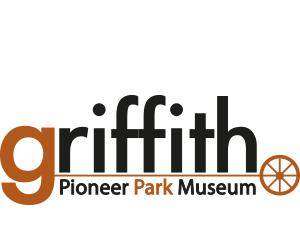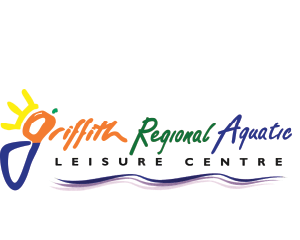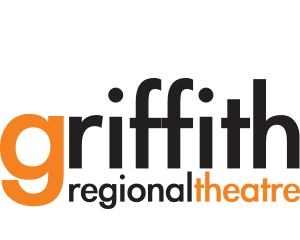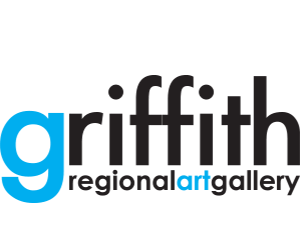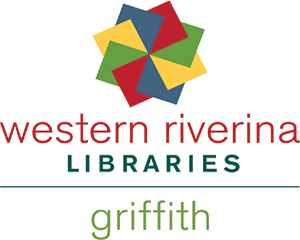Lake Wyangan
A ten minute drive north-west of Griffith will lead you to Lake Wyangan.
The lake was formed in 1957 using the remains of a gypsum mine and a natural swamp area, and offers a delightful setting for a picnic, or an overnight camp. Take advantage of the sheltered picnic areas and barbecue facilities that are found throughout the large grassed reserve which overlooks the north side of Lake Wyangan. There is ample space for a game of cricket, to ride a bike or enjoy a stroll.
Facilities include toilets, picnic areas, sheltered barbecues, playground, and animal enclosures featuring chickens, ducks and deer.
Free boat ramp access and jetty available. Free camping is permitted.
|
Lake Wyangan |
Blue Green Algae |
Bacterial Levels |
|
RED |
HIGH |
Griffith City Council’s Environment, Health & Sustainability Unit regularly samples, has analyzed and monitors the water quality of Lake Wyangan (North) throughout the year for the presence of Blue-Green Algae.
Total BGA Biovolume (cubic mm/L): 37.37mm3/L
Potentially Toxic Algae (including Green and Blue Green Algae) Biovolume (cubic mm/L): 0.103mm3/L
The sample date was 26 April 2021
The sample results are then used to raise a Blue-Green Algae Alert Level specifically for Recreational Waters such as Lake Wyangan (North). This Alert Level system is as specified by our regions Murrumbidgee Regional Algae Coordinating Committee (RACC) within its Murrumbidgee Regional Algal Contingency Plan. Further, within this Plan GCC is required to advise NSW Health and the NSW Office of Water of the occurrence of a BG-A Red Alert and to warn the general public that the Lake Wyangan (North) water body is currently unsuitable for recreational use.
Murrumbidgee Regional Algal Co-ordinating Committees (RACC) is a forum of organisations (including Griffith City Council) which aims to manage and minimise algal blooms in the Murrumbidgee region. The Department of Primary Industries – NSW Office of Water is responsible for coordinating the RACCs in New South Wales.
If an algal bloom is detected in the Griffith Local Government Area, the RACC will work with local authorities such as Griffith City Council to control the bloom and any effects it may have on water quality.
See table for National Health and Medical Research Council Guidelines here
Blue Green Algae growth is a potential problem in the region’s water bodies due to the slow-moving nature of rivers, channels, dams and lakes and the effects of the ongoing drought. Algal blooms cause problems in several ways – they are unsightly, with an offensive smell; they affect aquatic life; the algae blocks water pumps and other equipment; and they produce chemicals which can irritate the skin. Algal blooms also taint the water, giving it a musty or earthy taste which is very difficult to remove and can make the water undrinkable. Most importantly, some species produce toxins that may be poisonous to animals and humans if they are consumed, inhaled, or even if they touch the skin.
Blue green algal toxins can be colourless, odourless, and can remain present in the water for weeks after the bloom has disappeared. As the toxins cannot be removed by boiling water or other treatments it is often necessary to find an alternative source of water, not just for human consumption, but also for livestock and crops.
Species of blue-green algae may bloom and increase excessively in water when:
- Nutrient levels, particularly phosphorus and nitrogen, are sufficient to support growth
- Water is still or there is little turbulence
- Weather patterns are stable for a long time
- Weather is warm (although blooms can occur in cooler weather too).
- Light conditions are suitable
The longer the period of calm weather conditions, the greater the "bloom-forming potential". Such potential exists mostly in slow flowing rivers or in lakes, dams, weirs and reservoirs.
Lake Wyangan Catchment Management Committee
Links to reports and other information
Algae Alerts and information for NSW
Strategic algal management for NSW
National Health and Medical Research Council (NHMRC 2008)
BGA and water quality fact sheet
Bacterial Levels fact sheet
Lake Wyangan Catchment Management Strategy Project
Lake Wyangan and Catchment Management Strategy – Strategy Report June 2017
Lake Wyangan and Catchment Management Strategy – Technical Report June 2017
Watch the clip below to see where ALL THE SEDIMENT AND NUTRIENTS GO WHEN IT RAINS
Coming Soon

